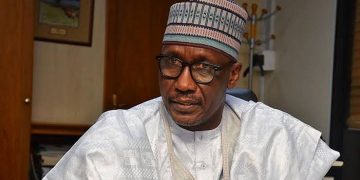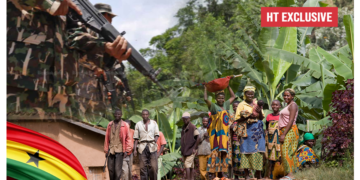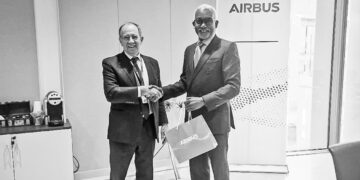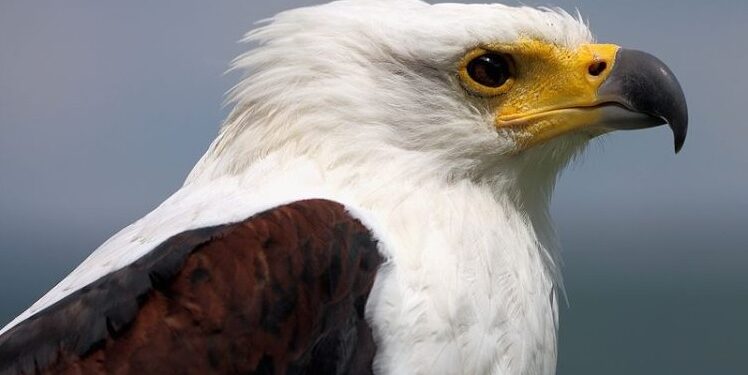By John Ikani
Africa’s magnificent birds of prey are grappling with a severe crisis, as a recent study conducted by a Scottish university reveals a staggering 90% of the continent’s “spectacular” raptor species are now facing extinction.
Survival for raptors in unprotected African landscapes has become increasingly precarious, marked by a drastic reduction in habitat, food sources, and breeding sites.
The peril is further intensified by widespread persecution from ivory poachers and farmers.
The threats to these majestic birds encompass poisoning, electrocution, collisions with wind turbines, and even ritual killings, as detailed by researchers from the University of St Andrews and the Peregrine Fund in a report published in Nature Ecology & Evolution.
The study highlights alarming declines, with nearly 90% of 42 species facing a grim future, with over two-thirds potentially becoming globally threatened.
READ ALSO: 600 Million Africans Without Electricity: What Hope For Industrialisation?
The monitoring initiative, commencing in West Africa during the 1970s, reports an average decline rate more than twice that of other regions. Ornithologists now express concern that some species are seemingly “vanishing into oblivion.”
Dr Phil Shaw from the School of Biology at St Andrews and Dr Darcy Ogada from the Peregrine Fund conducted road surveys across four African regions at intervals of 20–40 years.
Their findings indicate that raptors decline over two times faster outside of protected areas, with larger species experiencing steeper declines due to human pressures and persecution.
The study emphasizes the bleak outlook for eagles and vultures on unprotected land, with warnings that these iconic birds may not survive the 21st century.
Even raptors classified as “least concern” in the global red list of threatened species, including Wahlberg’s eagle and African harrier-hawk, now face significant declines.
Dr Phil Shaw underscores the urgency of extending Africa’s protected area network, particularly with the projected doubling of the human population in the next 35 years.
Dr Darcy Ogada stresses that Africa stands at a crossroads in saving its remarkable birds of prey, facing threats from various human-induced factors.
The research, deemed “important” by ornithologist Ian Newton, who was not involved in the study, underscores the need for enhanced protective measures.
Newton emphasizes the significance of educating and garnering goodwill from local communities to safeguard these birds from a myriad of threats.
The study’s revelations align with the Convention on Biological Diversity’s COP15 goal, advocating for the expansion of conservation areas to cover 30% of land by 2030.
Dr Ralph Buij, involved in re-surveying original areas for the Peregrine Fund, notes the ecological collapse affecting West Africa’s savannas, where some raptors, like the little-known Beaudouin’s snake eagle, are on the verge of disappearing.
In response to the crisis, the researchers launched the African Raptor Leadership Grant last year, aiming to address the immediate need for increased research, conservation programs, and the training of African scientists in the field.




































